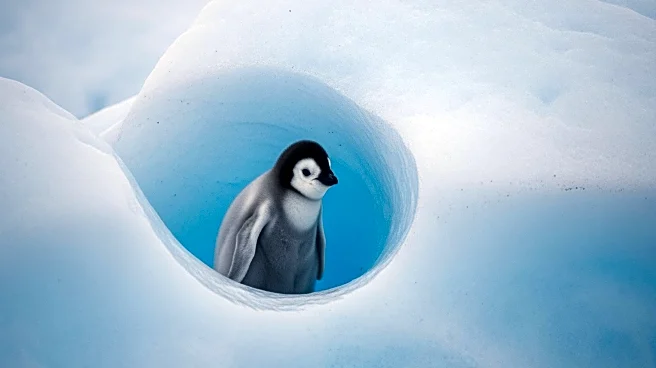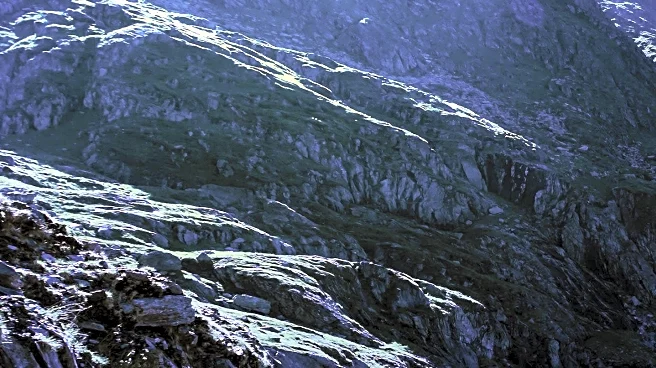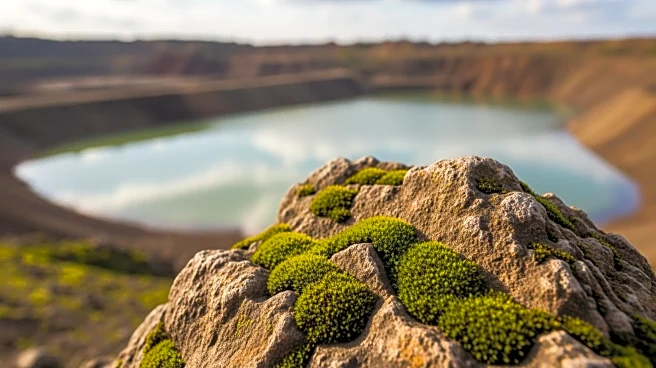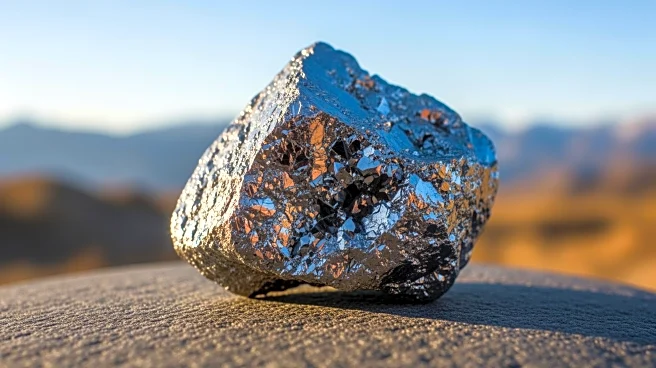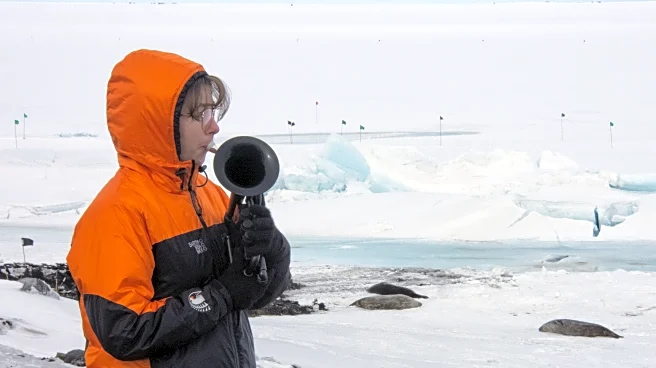What's Happening?
Fodor's Travel has released its 2026 'No List,' advising travelers to avoid certain destinations due to unsustainable tourism pressures. The list includes places like Antarctica, the Canary Islands, and Glacier
National Park in Montana, USA. These locations are experiencing environmental stress and community challenges due to high visitor numbers. Antarctica, for instance, saw 120,000 visitors between 2023 and 2024, with numbers expected to double by 2033. The fragile environment of Antarctica cannot sustain such high tourism levels, according to Jessica O'Reilly, an anthropology professor at Indiana University. Similarly, the Canary Islands face protests from locals over traffic and overcrowding, while Glacier National Park is warming at twice the global average, leading to glacier melt and increased wildfires.
Why It's Important?
The 'No List' highlights the impact of mass tourism on fragile ecosystems and local communities. As tourism numbers rise, these areas face environmental degradation and social challenges. For instance, the melting glaciers in Montana's Glacier National Park threaten biodiversity and natural landscapes. In the Canary Islands, the influx of tourists disrupts daily life for residents, leading to protests. The list serves as a reminder for travelers to consider the environmental and social consequences of their travel choices, promoting sustainable tourism practices. By avoiding these destinations, travelers can help reduce the strain on these areas, allowing them time to recover and maintain their ecological and cultural integrity.
What's Next?
The release of the 'No List' may influence travel patterns, encouraging tourists to seek alternative destinations that are less impacted by high visitor numbers. This could lead to increased interest in lesser-known locations, potentially spreading tourism more evenly and reducing pressure on popular hotspots. Additionally, destinations on the list may implement stricter tourism policies to manage visitor numbers and protect their environments. For example, Glacier National Park has already introduced timed reservations during peak periods to mitigate environmental impact. Other locations may follow suit, adopting measures to balance tourism with conservation efforts.




